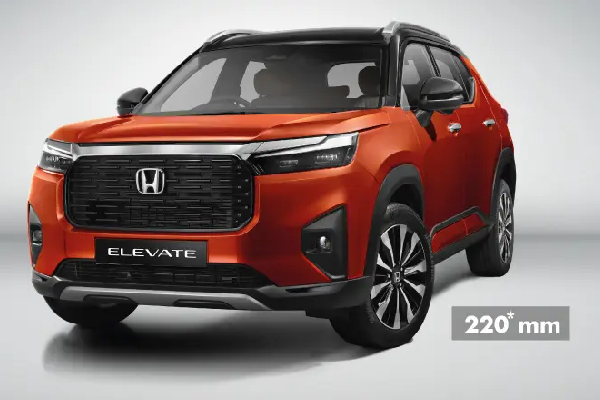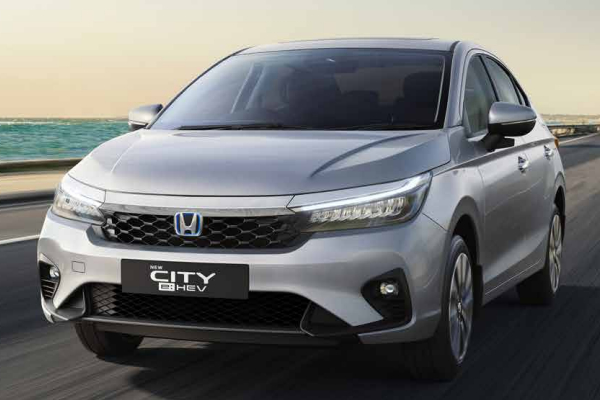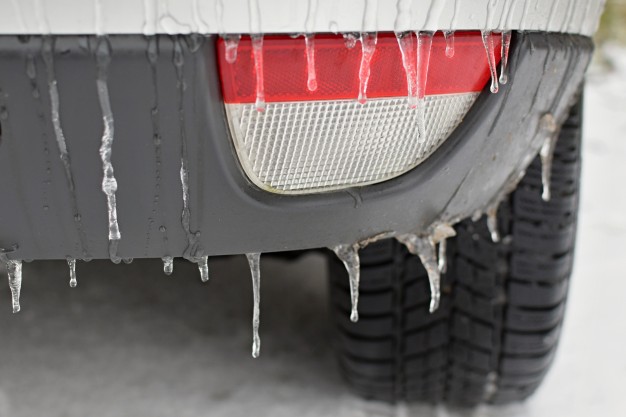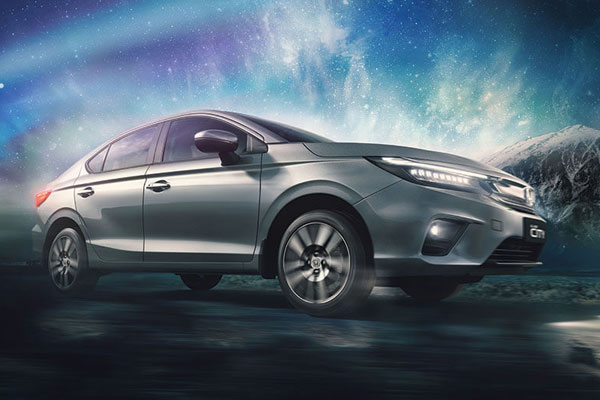Is Everything Covered Under Bumper to Bumper Policy?
With a name like Bumper to Bumper Cover, you believe that everything needed to be insured is actually covered under this car insurance policy. But is it? Let's find out.
What is Bumper to Bumper Insurance?
Bumper to bumper, zero depreciation or Nil depreciation vehicle insurance is a car insurance policy that leaves out the depreciation from the insurance cover, thus ensuring a complete cover. It means that if your vehicle gets damaged following an accident, no depreciation will be subtracted from the coverage of wearing out of any body parts of car excluding tyres and batteries. The insurance company will be liable to bear the entire cost of the body part for replacement. Bumper to bumper or nil depreciation car insurance policy offers 100% coverage for all fibre, rubber and metal parts without deduction of any depreciation. It although does not cover engine damage due to water ingression or oil leakage. No mechanical breakdown, oil change or consumables are covered in this policy. The policy also comes with a limit on the number of claims one can put in a year. It is advised bumper to bumper insurance is more beneficial to:
- People who have purchased a new car
- People with expensive luxury cars
- New or inexperienced drivers
- People living in areas that are more prone to accidents
- High end cars that have expensive spare parts
What the Standard Private Motor Insurance Plan does not Cover
Regular wear and tear of the vehicle is not covered by the auto insurance policy, as is the normal depreciation of a vehicle. Hence, the car’s damage will never be fully compensated for in the event of claim approval as depreciation and wear-and-tear have to be accounted for. Also, no consequential damage, an indirect result of a direct loss, to the motor is ever covered either. At the time of the claim, any insurance company will apply the depreciation rate to the damages sustained by the car to decide the final amount payable for settling the insurance claim. Without fail, there is a difference in the market cost of the new part and the depreciated amount that the insurer paid, and this difference is to be borne by the ‘insured’ car owner. In fact, if you are one of the conscientious ones who check the fine print you would know that the depreciation deducted on many items amounts to quite a lot. For example, the Insurance Regulatory and Development Authority of India (IRDA) has ordained that
- On rubber, nylon, and plastic parts, and batteries – 50% depreciation be deducted,
- On fibre glass components – 30% depreciation be deducted, and
- New or inexperienced drivers
- People living in areas that are more prone to accidents
- On wooden parts – depreciation be deducted as per the age of car (such as 5% in the first year, 10% in the second year, and so on.)
Fix the problem – a Bumper to Bumper Cover
Like most things, even in car insurance, if there is a problem there has to be a solution – in terms of an add-on plan or such. The resolution of this issue is an additional insurance policy called the Bumper to Bumper cover. Under this policy, also known as Zero Depreciation, there is total (100%) coverage for all fibre, rubber and metal parts of the vehicle without any deduction of depreciation. For example: If your car [a standard hatchback] was damaged and the workshop billed you at Rs. 40,000 for the repairs, you might have to pay as much as Rs. 20,000-25,000 out of your own pocket, on account of depreciation of plastic and metal parts. This is when you had just a comprehensive car insurance policy. But if you have a zero depreciation add-on on your comprehensive policy, no depreciation will be deducted on any of these components, except for tyres and battery. Some insurance companies will also offer to cover the costs for emergency transports, roadside assistance, tow away services, regular maintenance, key replacements and such other costs under its aegis. It is little wonder then that the Bumper to Bumper Insurance policy, which was introduced in India only in 2009, has earned many other monikers such as the Nil Depreciation and depreciation waiver policy.
Reasons for popularity
There is a reason–actually several—why the Zero Depreciation is the largest selling add-on private motor insurance plan. First-time car buyers are an easily scared lot. The fact that this additional policy covers the depreciation amount of the claim, offers them assurance in a way that the standard motor insurance policy does not. So this policy is a very attractive proposition for them. Even car owners who employ drivers and/ use their vehicles very regularly have been found to be in favour of this additional auto cover. Another dedicated fan base for Bumper to Bumper plans is those car buyers who favour high-end and very expensive cars. The furnishings, needless to say, and components of these cars are also very costly. So when the owners are advised to pay an extra premium to cover all of these features adequately, they find it a small price to pay for their peace of mind.
Features of the Zero Depreciation Policy
Here is a list of what is usually offered under the Nil Depreciation plans.
- Due to the greater coverage offered by Bumper to Bumper policies, the premium costs are substantially higher than regular comprehensive motor insurance policies at times as high as 10% to 20%. Of course, the price comes with the assurance of complete peace of mind.
- Zero Depreciation plans are more or less for brand new cars. The policy is not available to cars beyond five years of age or ones that have clocked more than a certain number of kilometers. In fact, the already high premium only increases in proportion to the age of the car. It is not advisable to pay such high premium on old cars.
- Bumper to Bumper Car insurance Policies usually have a limitation on the number of claims that you can make in a year. Check your policy document for the details as they vary from insurer to insurer.
- The policy does not cover damage to the car engine due to water ingression or oil leakage, and standard wear and tear to components such as tyres, clutch plates, bearings, etc. Mechanical breakdowns not amounting to an accident, consequential, and consumables also feature on this list of exclusions under this additional insurance cover.
- There is also a compulsory deductible in the event of any claim, be it for a standard comprehensive plan or a Bumper to Bumper one that is to be paid for by the car owner. Find out the exact details at the time of policy purchase or renewal.
Before buying a car go to a service centre and check out the spare parts prices and find out how expensive it is to maintain the car. Remember maintenance costs vary from car to car and depend on how good a condition you keep your car in.
The usual hygiene exclusions apply here as well. The claim is considered null and void if
1. The private vehicle was being used for a commercial purpose,
2. The driver was driving without a valid driving license,
3. The driver was found to be under the influence of alcohol or any intoxicant
4. The driver was involved in illegal or malicious driving
5. The claim is not made in the required timeframe since the incident.
A vehicle is vulnerable to damages and unforeseen incidents at all times, whether on the road or while at rest. A standard motor insurance plan may not be able to protect it as much as is required. Bolster the protection you offer your car with an additional Bumper to Bumper policy. The extra premium may be worth it.
Also read: Top 10 Safety Features in a Car
Back to All Car Maintenance Tips, Tricks, Article, Resources
To Know More Honda Car Insurance in Mumbai, Visit Solitaire Honda Mumbai, Contact us at 022 67385588 or email us at sales@solitairehonda.com
Share This:
Source - coverfox.com
CAR MODELS
-
 SUV
SUVALL New Elevate
-
 SEDAN
SEDANNEW CITY e:HEV
-
 SEDAN
SEDANNew Amaze








